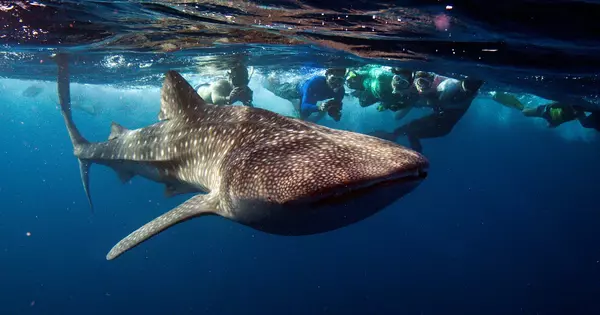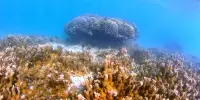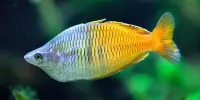Partnerships can be on a large scale or involve a few children or a school working in their local community to effect change and promote sustainability. It will mean different things to different people, and each of those meanings is valid. Some may organize a school sale to benefit a conservation group, while others may post photographs online or paint pictures to raise awareness of endangered species. It could be in highlighting the IGO partnerships that are already mobilizing thousands of people in the pursuit of global goals. In every case, there is an answer to the question: What role do you play in wildlife conservation?
A global wildlife summit, which concludes, passed resolutions to protect hundreds of threatened species, including sharks, reptiles, turtles, and trees. Here are some highlights from the Convention on International Trade in Endangered Species (CITES) meeting in Panama, which lasted two weeks.
(1) Sharks steal the show
These ancient predators were no longer just the villains of the deep; they were the stars of the summit. More than 180 countries agreed to regulate the trade in 54 species of requiem sharks and hammerhead sharks. These are the most heavily hunted species for their shark fins, which are considered a delicacy in some Asian countries, and their numbers have been decimated, putting the entire marine ecosystem at risk.
Only Japan grumbled over the resolution, arguing restrictions on the trade of the blue shark would be a blow to the livelihoods of its fishermen. CITES also voted to restrict the trade of guitarfish rays and several other freshwater ray species.
A global wildlife summit, which concludes, passed resolutions to protect hundreds of threatened species, including sharks, reptiles, turtles, and trees. Here are some highlights from the Convention on International Trade in Endangered Species (CITES) meeting in Panama, which lasted two weeks.
(2) See-through glass frogs
These nocturnal amphibians’ skin can be lime green or so translucent that their organs can be seen through it. This has made them desirable pets, and intense trafficking has put the species in grave danger.
CITES also listed more than 160 species of glass frogs found in Central and South American rainforests on Appendix II, which restricts trade in threatened species. Early reservations about the resolution, which was adopted unanimously, were withdrawn by the European Union and Canada.

(3) Weird and wonderful turtles
Around 20 turtle species from America and Asia have received varying levels of protection from CITES. These include the striking matamata turtles, which have a prehistoric, beetle-like appearance and have become popular pets as well as being hunted for their meat and eggs. They can be found in the Amazon and Orinoco basins, but scientists have no idea how many there are. Freshwater turtles are among the most heavily trafficked species on the planet. Trade protection was also granted to the unusual-looking North American Alligator Snapping Turtle.
(4) Crocodile bans lifted
After a total trade ban was lifted, Brazil and the Philippines will be able to export farm-raised crocodiles. Delegates also approved the export of the skin and meat of the broad-snouted caiman, which is found in the wild in the Brazilian Amazon and Pantanal, as well as neighboring countries’ wetlands, rivers, and lakes.
“These animals have a large population. There has been tremendous reproductive success “Miryam Venegas-Anaya, a crocodile expert at the University of Panama, confirmed the findings.
A trade restriction on the saltwater crocodile, which lives primarily on the islands of Mindanao and Palawan in the Philippines, has been lifted. Thailand’s efforts to lift a ban on its Siamese crocodile, on the other hand, were rejected.
(5) Ivory ban stays, no luck for hippos
Zimbabwe and its southern African neighbors have seen an increase in elephant populations in recent years, fueling a push to reopen the ivory trade, which has been prohibited since 1989. Despite fierce opposition, one-time sales were permitted in 1999 and 2008. However, poaching for ivory continues to decimate elephant populations across the continent, and the request was denied.
Delegates also rejected Botswana’s, Namibia’s, and Eswatini’s (formerly Swaziland’s) request to allow the sale of southern white rhino horn. Meanwhile, delegates rejected a request by ten West African nations to ban the trade in hippopotamus after a heated debate. After elephant ivory was banned, there was an increase in illegal trade in the surly semi-aquatic mammal for its meat, ivory tusks, teeth, and skull.
















